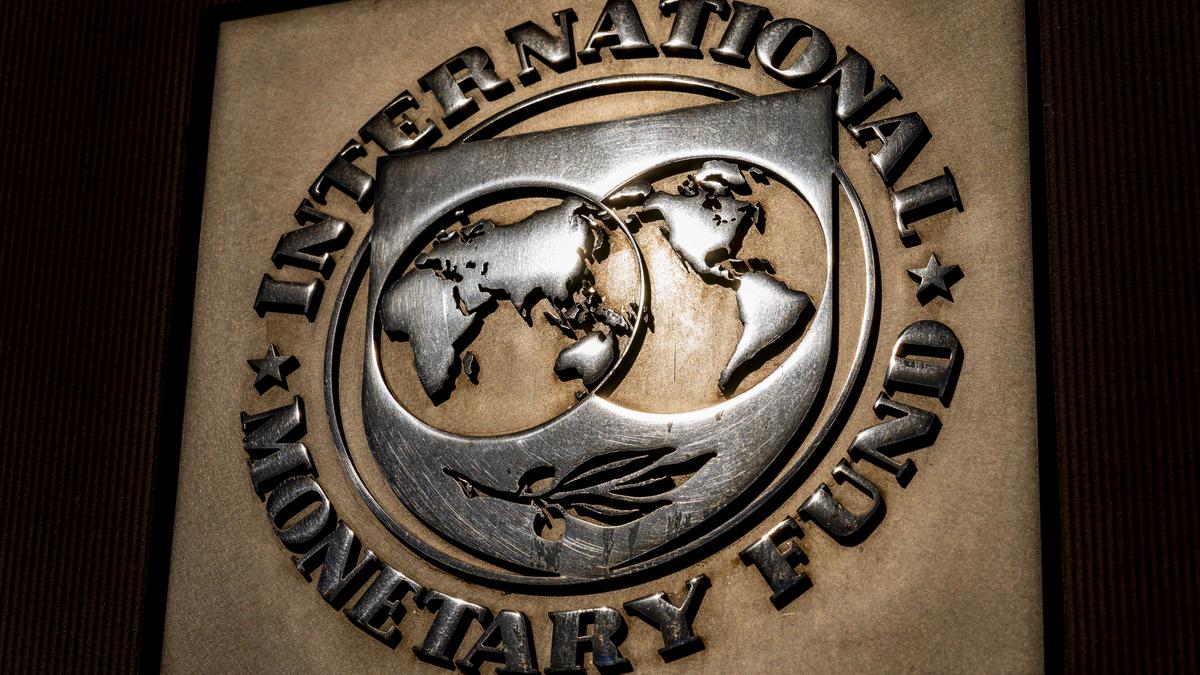In Telangana, there is a stark difference in socio-economic indicators between the districts around Hyderabad, the capital, and those far away from it. This is the fourth story in a series of Data Points exploring the inter-district differences in the southern States. The district-wise variations in Tamil Nadu, Kerala, and Karnataka were discussed earlier.
Given that the State of Telangana was formed barely a decade ago and the frequency of data across many indicators is poor, it is tough to provide time-series comparisons to show how the State has grown. But in general, Telangana was neither at the top nor at the bottom of the health, education and environment-related parameters analysed across States.
An analysis of district-wise data shows that development is limited to certain pockets of Telangana.
Chart 1 | The chart shows the per capita income at current prices for 2020-21.
Charts appear incomplete? Click to remove AMP mode
The top seven districts on this indicator (other than Hyderabad) were Rangareddy, Medchal-Malkajgiri, Medak, Mahabubnagar, Yadadri Bhuvanagiri, and Siddipet. Notably, all these districts are located next to Hyderabad or just one district away from it. However, peripheral districts such as Wanaparthy, Jogulamba Gadwal, Narayanpet, Kumuram Bheem Asifabad, and those that are far from the capital but not in the periphery, such as Mahabubabad, Jagtial, and Hanumakonda, featured at the bottom of the per capita income list. Vikarabad is an exception. It is relatively close to Hyderabad but has the lowest per capita income in Telangana.
Chart 2 | The chart shows the share of women aged 20-24 years who married as teenagers.
While more than 35% of women married as teenagers in the peripheral districts of Khammam and Jogulamba Gadwal, about 10% of such women were in Hyderabad and Medchal-Malkajgiri.
Click to subscribe to our Data newsletter
Chart 3 | The chart shows the share of children under five years who were underweight in 2019-21.
Over 50% of children, the highest in the State, were underweight in Adilabad, the northernmost district. In contrast, Hyderabad and Medchal-Malkajgiri had 25% or less of underweight children.
Chart 4 | The chart shows the share of households with improved sanitation in 2019-21.
Less than 65% of households had access to improved sanitation in the three peripheral districts in the north — Adilabad, Kumuram Bheem Asifabad, and Nirmal, which featured at the bottom of the list. In contrast, Hyderabad and two nearby districts — Siddipet and Medchal-Malkajgiri — were among the top five districts where more than 84% of the households had access.
Chart 5 | The chart shows the number of government hospital beds available per lakh population in a district as of 2020-21.
Nirmal, Narayanpet, and Kumuram Bheem Asifabad featured among the bottom five, while Hyderabad, Rangareddy, and Mahabubnagar featured among the top five.
Chart 6 | The chart shows the number of people employed in factories per one lakh population as of 2018-19.
Contract workers were not included. Among the top seven districts, except Nizamabad which leads other districts by a wide margin on this indicator, the rest were located around the capital district.
Chart 7 | The chart shows the number of employees working at MSMEs per one lakh population as of 2020-21.
Among the top seven districts, except Karimnagar which leads other districts by a wide margin, and Suryapet, the rest were located around the capital district.
Chart 8 | The chart shows the Gross Enrolment Ratio at the high school level (2021-22). The top three districts were Rangareddy, Medchal-Malkajgiri, and Hyderabad.
vignesh.r@thehindu.co.in and rebecca.varghese@thehindu.co.in
Lathika V. is interning with The Hindu Data Team
Source: National Family Health Survey, Telengana State Statistical Abstract, and Telengana Socio-Economic Outlook 2023
Also read |Growth model of Telangana is an idea whose time has come: KTR
Listen to our data point podcast: How Turkey’s economic and political trajectory compares to India














